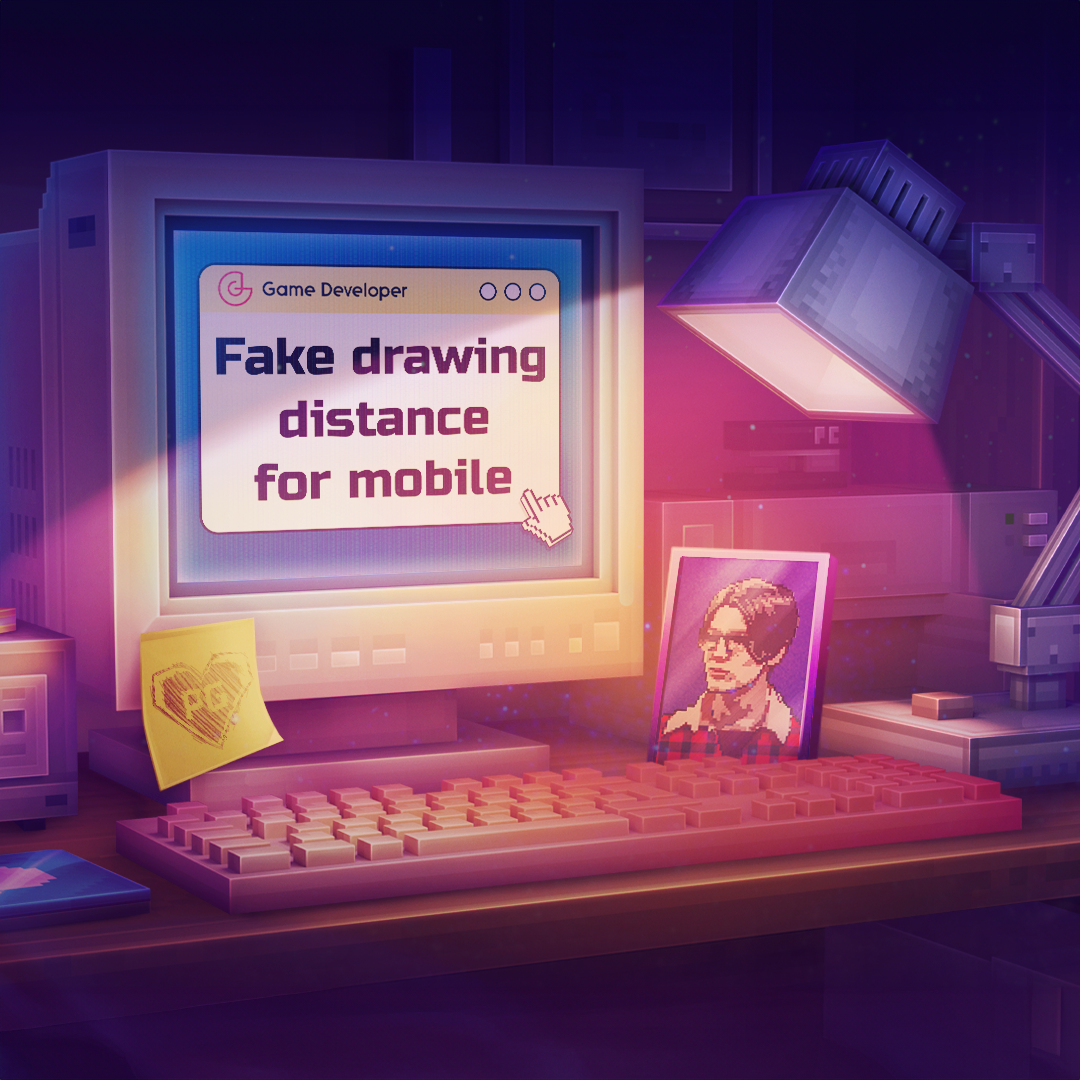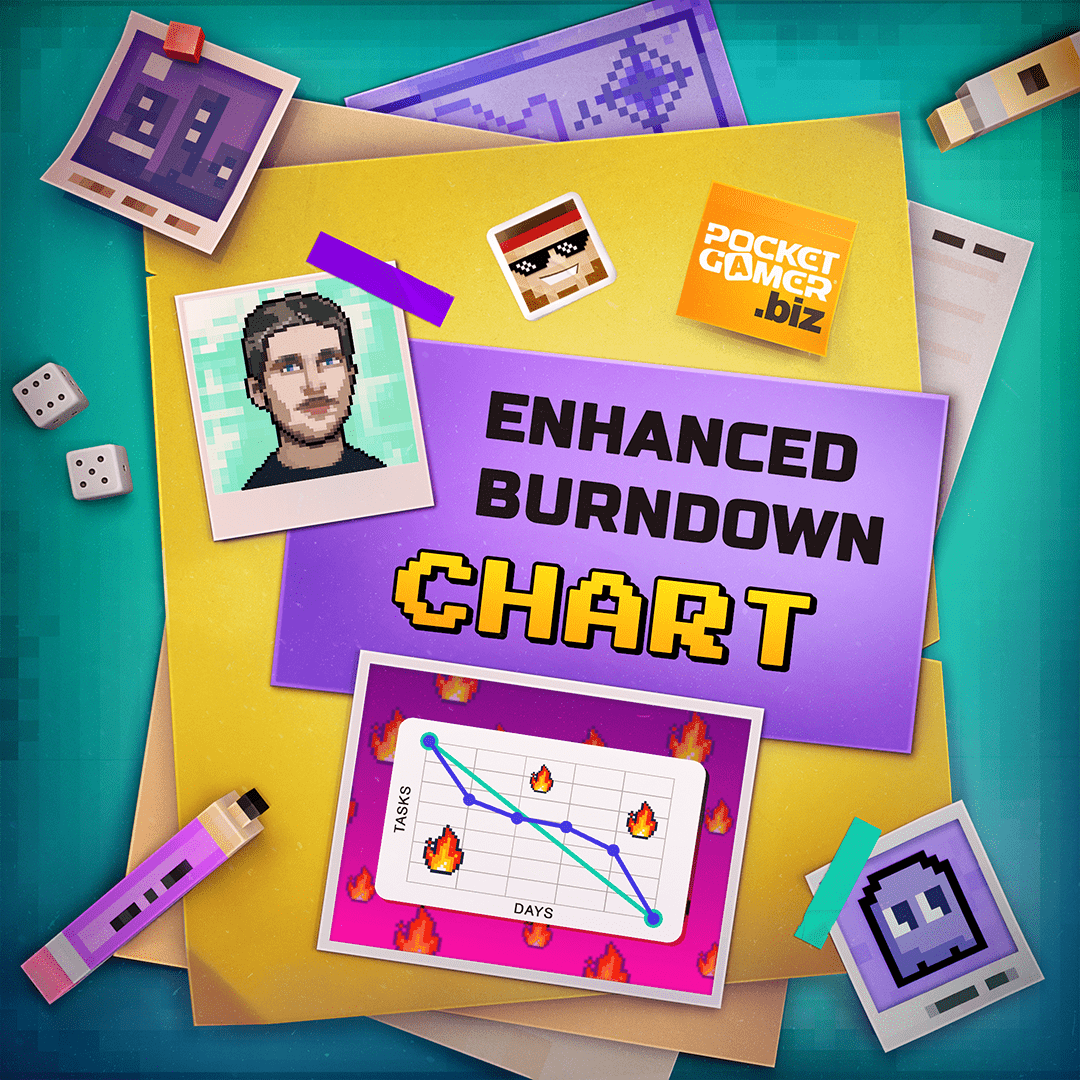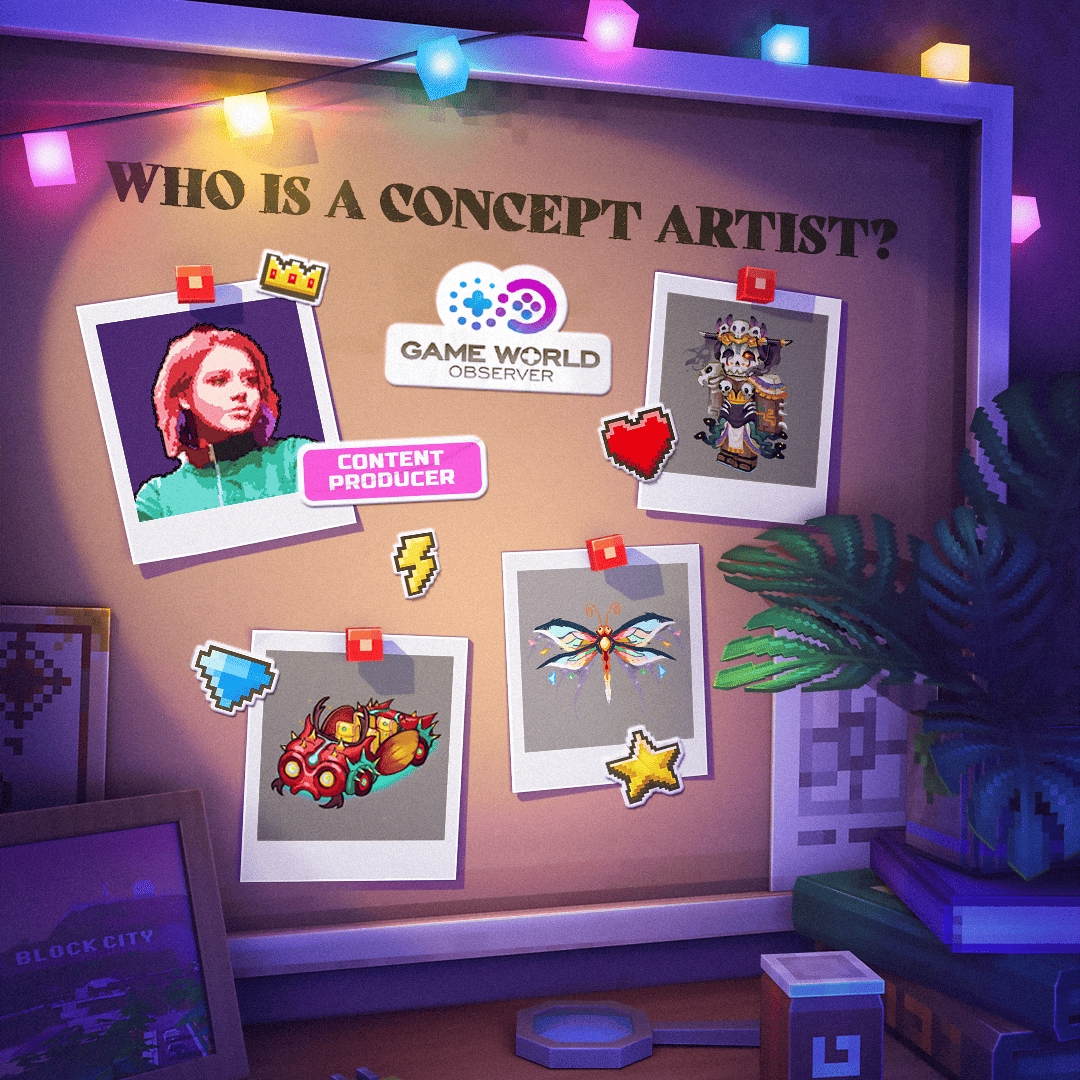Five key steps for building your mobile gaming community
Having a great game with a fun gameplay loop that works without bugs and looks the part feels like the hard part in ensuring that players enjoy your game and stick around for the long run. But enticing those players in the first place is crucial to your title’s success, especially when there are so many other games on the market that they can choose from.
What’s more, if you can build a community and create fan loyalty, these players are more likely to recommend your game, be there on day one for new content and be part of your future projects.
So, how do you build this community? In this article, Pixel Gun 3D's head of community, Nikita Glazkov, shares details on the types of gamers you may want to appeal to and some top tips on how and where to engage with these audiences.
So, you’re building a mobile game; what’s the most important thing to consider?
You might be tempted to say high-quality graphics or the game's concept. And these are, indeed, important. However, they are all rendered pointless without players.
That’s why they should be at the top of your list, not only when you begin creating a game but throughout the whole process.
Having a community for players, both in and outside of the game, is critical if yours is to go the distance. Players come together to create a shared experience. It is like a virtual life away from the daily grind of day-to-day life.
Every choice you make within your game should be with the player in mind. However, there are different types of gamers. So, it’s helpful to understand the particularities and demands of each in order to modify the game in ways that would best suit each and get the most out of your efforts.
The four gamer types
These categories aren’t set in stone. It’s, of course, possible to flow from one kind to another or be a mixture. Nevertheless, each requires a slightly different approach or features, so it’s essential to understand each to know how best to connect them.
-
First up, the beginners
They’re exactly what you think. These gamers are just starting out, and like with anything (or anyone) new to you, first impressions are important. Their first experience of the game will determine whether they continue playing. Make it a smooth immersion. The market is so saturated that they have lots of other options, so ensure you make them feel at home. One surefire way to immerse them into the game and make them feel comfortable is by rooting them in with personal connections. Having a community available to them right away will provide a human touch that will reach beyond the game and encourage them to continue playing. -
Veterans
This gamer knows the drill. They’ve been there, done that, got the cosplay outfit. They are probably part of other gaming communities already, but what’s special about yours? Make sure there’s something to make your community stand out, or risk losing these potentially loyal gamers to your competitors. Your game should also be talked about on external chat rooms outside of your game. They’ll likely be part of them, so make sure you are too to be part of the Veterans’ conversation. -
The non-combatives
Sometimes, winning isn’t why someone plays a game. These players like being in the world itself and are less interested in the things others are, like combat, for example. For these gamers, the game's features are important, and that stretches to how they can interact with the community. Make it fun, unique and easy to use. These players obviously like your game for the experience, so ensure it includes the community they’re joining. -
Last but not least, the cheats
We’ve all done it. Motherload on Sims, anyone? No matter how annoying it is when your game isn’t being played exactly as you intended, some people just love trying to find a hack. For these ‘gamers’, chat rooms both in and outside the game will be important, as this is where they can share ‘tips and tricks’ with others like them.
Naturally, there are subcategories, but largely speaking, if you understand these gamer types, you’ll know who is making up your gaming community and how to modify or add to your game to suit each best. Ensuring that there’s something available that caters to each player type is essential if your community is to stay active in the long term.
How to build a community for your game
It’ll come as no surprise that first, you’ll need an audience. You have to spread the word about your game and gain as much traction as possible. The more people know about your game, the better. Understand your target audience and go for them. Try the chat rooms of other games with similar audiences or general gaming forums. There are also social media channels; the options are countless. However, once you’ve got them, the challenge is to have them continue playing and not tap out immediately. That’s where the community comes in.
If you have personal ties to something, you’re less likely to want to let it go. So, make this an integral part of your game so that your social media and chat room trawling doesn’t go unrewarded.
Now that you have an audience, what’s next? On to the community itself.
Here are five tips to get yours thriving
Firstly, as I alluded to earlier in the article, it’s important to note that there are two types of gaming communities: those in and outside of the game. Both are important but serve slightly different purposes.
- In-game: this is when players interact while playing the game itself via text or voice chat.
- Outside-game: this happens via external chat rooms and forums not affiliated directly with your game. It brings together gamers from all over the world who share an interest in gaming culture as a whole, as well as specific titles.
Most of the upcoming tips can also be split into these two categories, so bear that in mind when putting them into action:
-
Chat rooms
These foster interaction and are at the heart of your gaming community; this is where most communication between members occurs. Within the game, a chatroom enables players to communicate, usually while playing. Consider different rooms for different subjects to discuss a range of topics simultaneously without getting confused. Outside of the game, chat rooms or forums allow gamers to engage with your title long after they’ve finished playing it. This is where they will discuss the game, share information, ask questions, exchange tips and stay updated with gaming news. They can also help spread news about your game when communicating on general gaming forums. -
Teams/clans
Much like the chat rooms, this is key to having a thriving in-game community. They enable people to play together and form bonds that encourage them to stick with you. -
Social networks
Opt for platforms that are easy to use and provide plenty of opportunities for users to connect. You don’t have to stick to one - variety is the spice of life after all. Also, remember that different networks are popular in other countries, so make sure you are aware and adapt to this. Social networks are also a great way for you to grow your community. Create accounts on social media sites to post updates, increasing your game’s visibility and attracting new members. -
New features
Being in this industry, you no doubt know technology is ever changing. New features are added all the time across all areas, and you should optimise your gaming experience. For example, social networks like Facebook constantly add new features like the ability to post your picture with hashtags. Things like this you need to stay on top of; be quick to respond and incorporate them into your own game to stay relevant. -
Influencers
Find influencers within the industry with similar audiences and large followings and try to partner with them. They will help promote your game through their channels in a mutually beneficial exchange. It’ll increase both exposure and engagement levels from both sides. This goes for social networking sites like Facebook and Instagram, but investing in top YouTube channels is also important. Use a mixture of these channels, as well as others like Gamedev, to stay on top of trends and keep your game ahead of the curve. A game that feels outdated, including how players communicate with one another, likely won’t last to see the next trend.
Conclusion
If these aren’t reasons enough for you to double down on your gaming community, how about this: they can help you as a game developer. Communities provide constant feedback, meaning that you immediately know what is or, vitally, isn’t working and how to improve the player experience accordingly.
I’m aware that I’ve made the idea of a gaming community sound somewhat idyllic. As with any online public community, there are people who join for the wrong reasons and make the virtual space a less than pleasant space to be. That’s why, as a final note, you need a moderator to work as a filter against these unfortunate types. Alongside the other tips you can utilise to target each gamer type specifically, having a moderator will benefit everyone and make your community a friendly and respectful place to game for all.






